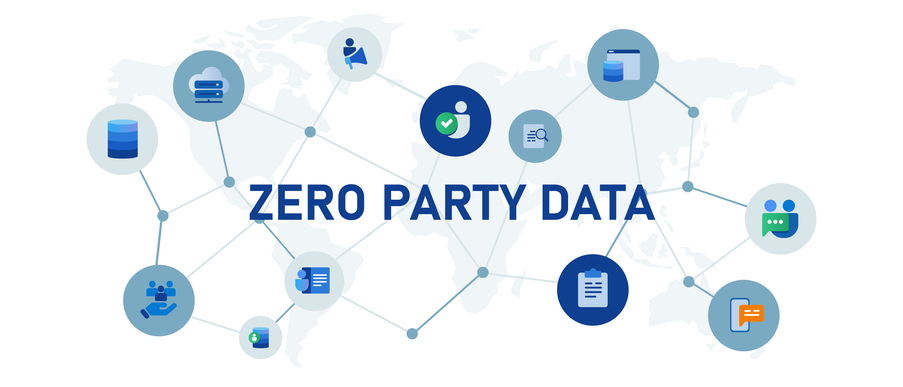Chargebacks are disputed transactions between a customer and a business. A chargeback is usually used when a card has been fraudulently used without the cardholder’s permission. When a customer lodges a chargeback, the transaction is reversed and the customer has his money returned to his account.
Chargebacks pose a serious threat to businesses and result in millions of pounds in lost revenue in the UK every year.
While chargebacks were originally created to protect consumers from fraudulent activity, they are often misused by consumers who have either forgotten about the purchase or simply do not want to pay.
A study from Global Risk Technologies estimated that 86 per cent of all chargebacks are placed fraudulently.
How Can I Limit Chargebacks?
Protecting your business from chargebacks isn’t a super complicated process but it does require a bit of know-how.
Below are four simple steps you can take to protect your business from the threat of chargebacks.
#1: Choose a recognisable name
For this step, I’m going to tell a short story about a US-based tech company called 37signals. 37signals sell a range of digital products, the most popular being a project management tool called Basecamp.
In their early days, customers who purchased a subscription to Basecamp later found a payment on their statement to ’37signals LLC’.
This left a lot of people scratching their heads and wondering who this mysterious 37signals was. Instead of researching the name on the statement, many customers decided that they hadn’t made the purchase and submitted a chargeback.
In 2009, 37signals started experimenting with their statements to try and reduce chargebacks.
After a bit of trial and error, they opted to use a URL — 37signals-charge.com — as their statement descriptor. This URL took customers to a website that explained that 37signals was the company behind the product they probably purchased.
Chargebacks fell by 30 per cent overnight, saving 37signals a huge amount of time and money.
The takeaway tip here is clear: Choose a statement name that your customers will actually recognise!
#2: Clearly offer refunds
Online shopping is fast becoming the norm in the UK but that doesn’t mean there aren’t some lingering problems. How online businesses deal with refunds is one of these problems.
Key concerns include:
Who organises the return?
Who pays for the return shipping?
When does the merchant actually pay the refund?
No matter how a refund is handled, it typically takes up a lot of time and causes a fair bit of stress for merchant and customer.
Why is this important?
Well, if a customer sees a more streamlined way to get their money back, they will probably use it.
Rightly or wrongly, some people see chargebacks as a hassle free alternative to official returns.
Think about your your refund process as a competing offer to chargebacks. Is it attractive enough to your customers? Will it entice people to come through an official route?
Don’t ask customers to jump through hoops, don’t ask them to fill out reams of paperwork and don’t employee frontline service staff who can’t actually deal with problems.
Once your customers know that you offer stress-free refunds, they are significantly less likely to resort of chargebacks.
#3: Keep communicating
Think about the last time you received really bad customer service — not just bad but evasive, the type of service where someone sends you the same canned response ten times in a row before admitting they can’t actually help you.
Remember your frustration boiling, your eyes rolling and the urge to slam down the phone?
Well, when a customer experiences that sort of awful service, can you really blame them for resorting to chargebacks?
Do the simple things well like responding quickly to emails, phone calls and social media posts. Get back to people as soon as you can and provide genuine answers to their queries.
Average Chargeback Rates
Accurate chargeback statistics are difficult to pin down as rates vary to a huge degree between industries. Below are figures from Ingenico.
| Industry | Average Chargeback Rate |
| Software | 0.89 |
| Financial Services | 0.79 |
| Gaming | 0.59 |
| Gambling | 0.56 |
| Retail | 0.45 |
| Travel | 0.37 |
| Media & eContent | 0.31 |
Stephen Hart is founder/CEO of Cardswitcher.





